My last few pieces on this blog (here and here) have focused on the distribution of Ireland’s sports capital grant funding over the period 2002-2015. We’ve examined the breakdown in terms of inequality; nationally, regionally and also amongst different types of sports. Today’s piece will delve further into the distribution of capital grants, utilising the share amongst the deciles to highlight how much income is received by the bottom, as well as top ten percent.
Deciles are a simple way to measure income inequality within a country. Simply put they can be utilised to examine how much of total income in a country/region is earned by those in the lowest wage earning groups and those in the highest wage earning bracket. The deciles split the population into equal groups of ten and look at the share of income within each group. To begin Figure 1 provides the breakdown of the deciles over the entire period.
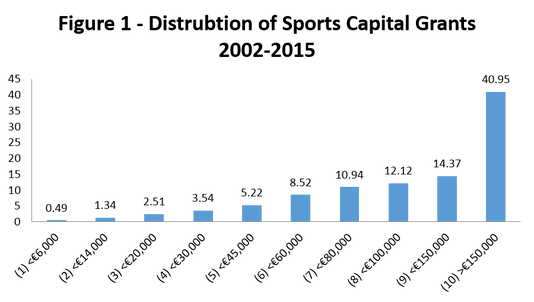

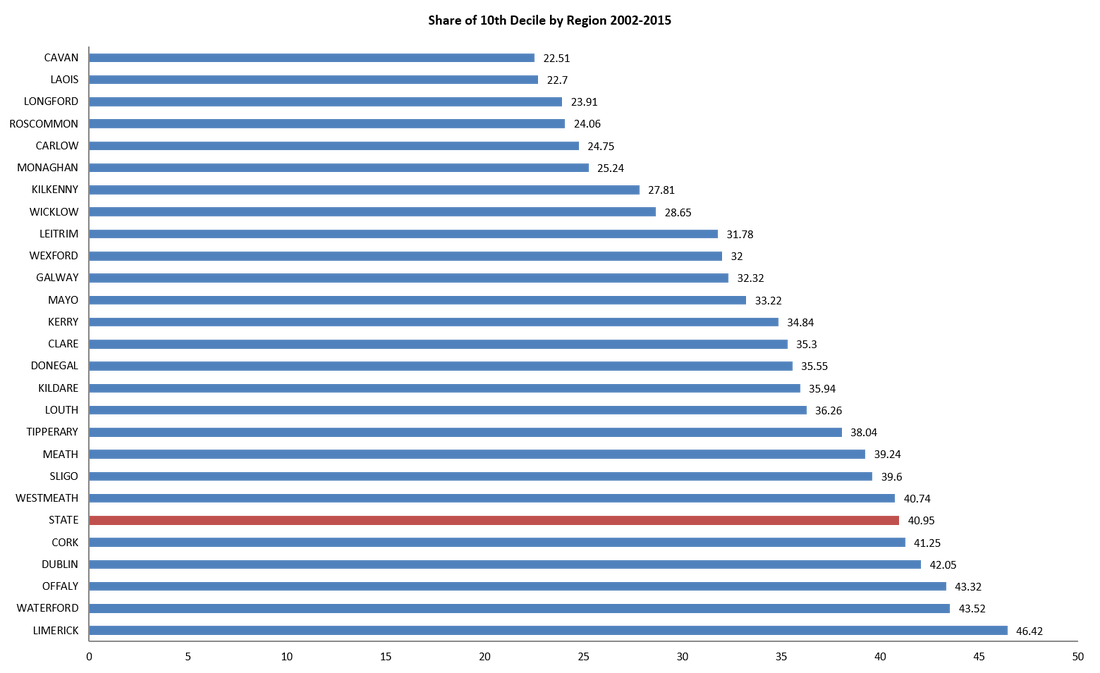
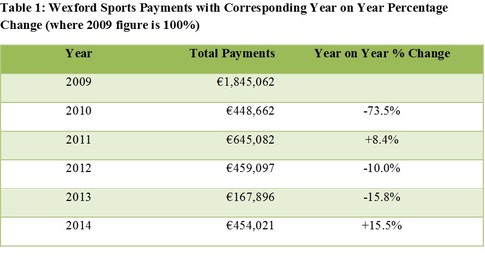
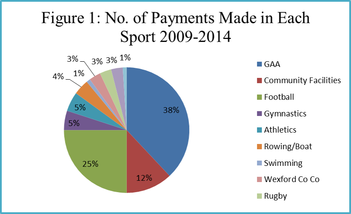
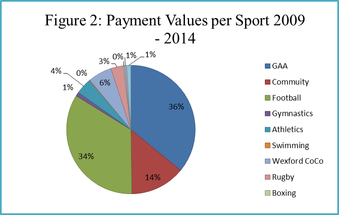
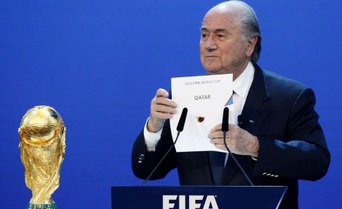
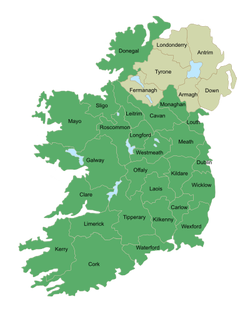



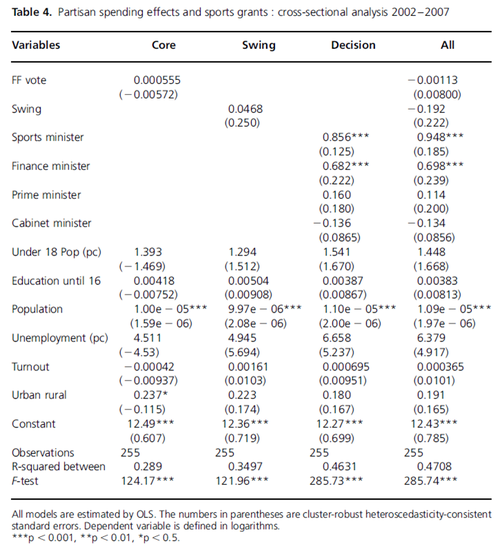
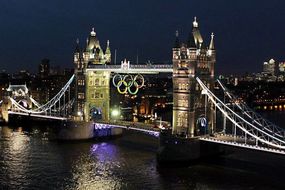
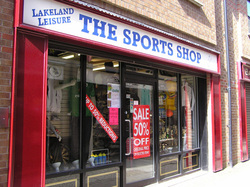

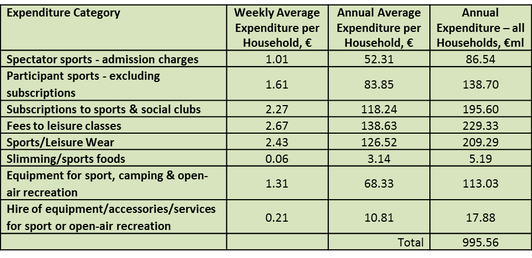
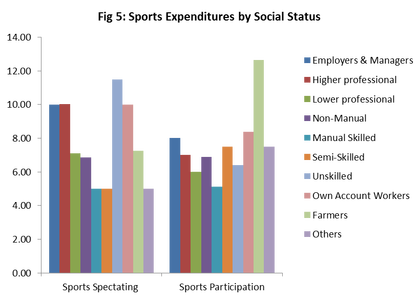
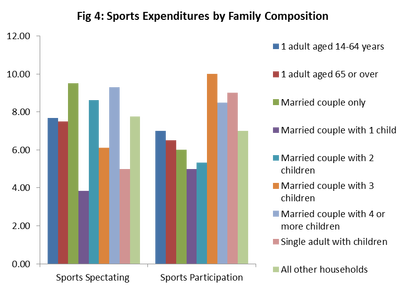
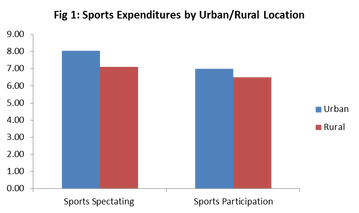
 RSS Feed
RSS Feed